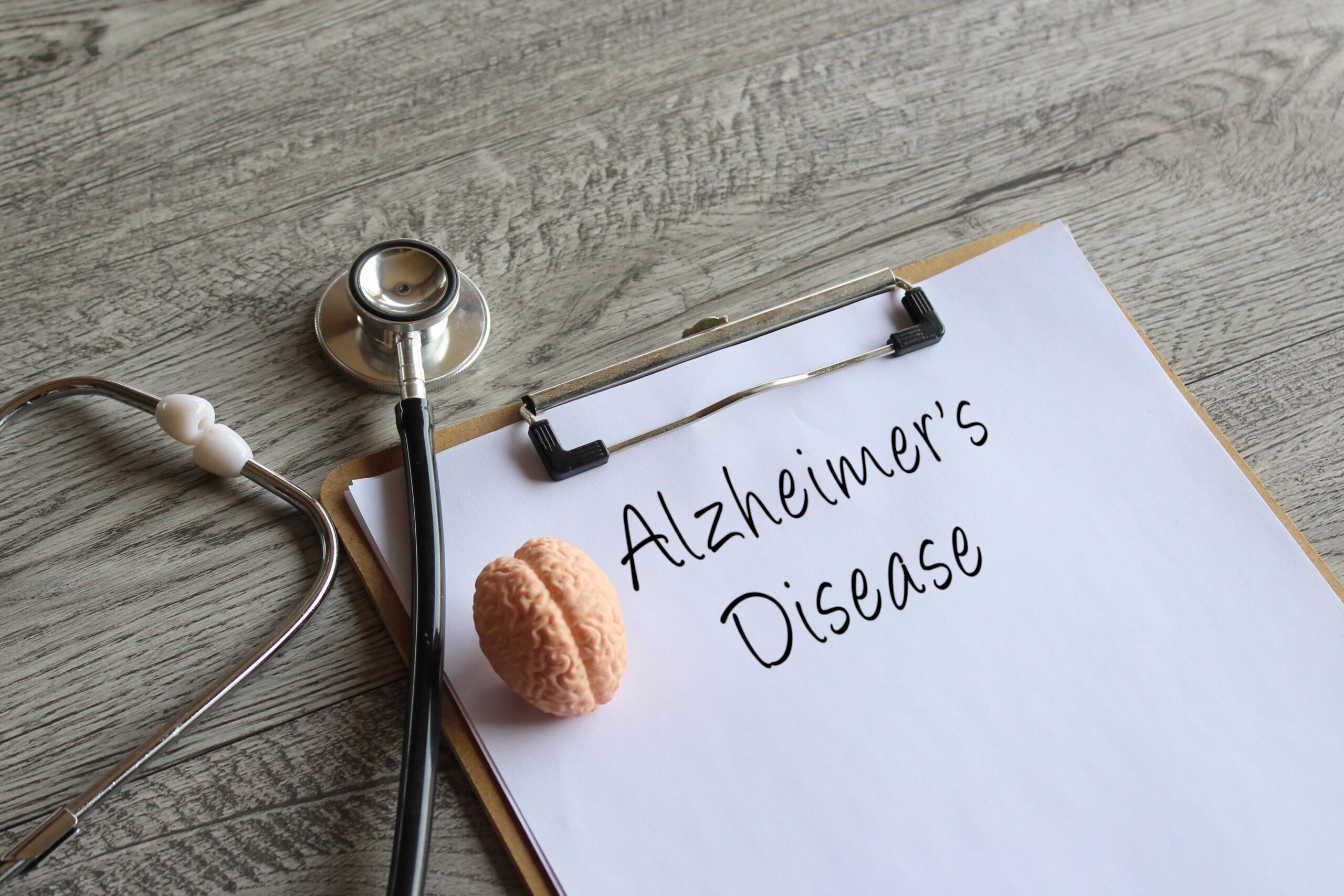The traditional U-shaped happiness curve is breaking, with despair now peaking among the young.
Story Highlights
- The U-shaped happiness curve is disrupted; despair peaks among youth.
- COVID-19 pandemic exacerbated mental health challenges for young people.
- Adolescent females and marginalized groups most affected.
- Urgent interventions and policy reforms needed for youth mental health.
Reversal of the Happiness Curve
The U-shaped happiness curve, a well-established psychological model, is undergoing a dramatic shift. Historically, happiness was thought to peak in youth, dip during midlife, and rise again in later years. However, recent data reveals that young people are now experiencing unprecedented levels of despair, with mental health issues such as anxiety and depression reaching alarming rates. The COVID-19 pandemic has been a significant catalyst, exacerbating pre-existing vulnerabilities and creating new challenges for this demographic.
Evidence from studies conducted between 2022 and 2025 suggests that the pandemic’s impact on mental health has been particularly severe for young people. The isolation, economic uncertainty, and disruption of daily routines have disproportionately affected children, adolescents, and young adults. The traditional happiness curve no longer holds true, as despair now peaks in youth, challenging established psychological models and demanding a reevaluation of mental health strategies.
The Pandemic’s Role in Youth Despair
The COVID-19 pandemic has played a pivotal role in the surge of despair among young people. Social isolation, school closures, and the shift to remote learning have disrupted the lives of many, leading to increased anxiety and depression. Marginalized groups, already facing systemic challenges, have experienced the pandemic’s impact more acutely. Mental health services have been overwhelmed, with access to care severely limited during peak pandemic periods, leaving many young people without the support they need.
Studies have confirmed sustained high rates of mental health symptoms among youth, with adolescent females showing the steepest increases in depressive symptoms. The pandemic has highlighted the need for targeted interventions and policy reforms to address the long-term consequences for this generation. Experts emphasize that without urgent action, we risk a “lost generation” of young people struggling with chronic mental health conditions and reduced opportunities for future success.
Addressing the Mental Health Crisis
Addressing the mental health crisis among young people requires a multifaceted approach. Mental health professionals are advocating for increased resources and innovative solutions to meet the rising needs. Public health agencies, such as the WHO, have called for urgent investment in youth mental health services. Educational institutions are also playing a crucial role, with many piloting digital mental health interventions to provide support to students in need.
Despite these efforts, gaps in access to care persist, particularly for marginalized populations. The education and healthcare sectors face new demands for counseling and support services, underscoring the need for systemic change. Policymakers must prioritize mental health reform to ensure that young people receive the care and support they need to thrive in the post-pandemic world.
Sources:








